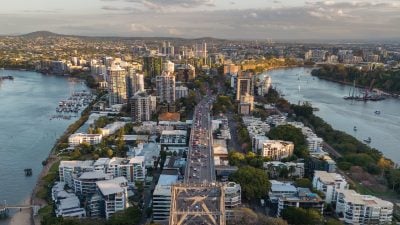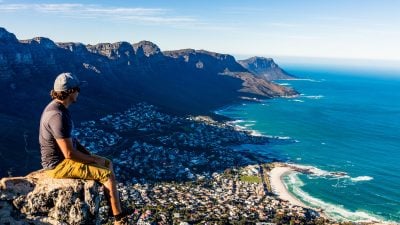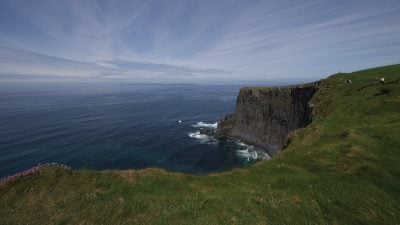Home / Australia & South Pacific / The 4 Ws of Visiting Tasmania …

The 4 Ws of Visiting Tasmania on Travel to Australia
Australia is a land of wonders, with so much to see and do on a vacation to its shores. However, while you’re probably aware of the broader strokes of the country as a whole, you might be unfamiliar with the specifics of its southernmost state, the island of Tasmania. Well, that’s about to change, as we’re going to get you up to speed on the details of why Tasmania should be your next destination on travel to Australia.
Familiarly known as “Tassie,” Tasmania is the world’s 26th largest island and is located 240 kilometres off the southeastern coast of Australia, separated from the mainland by the Bass Strait. Home to the Tasmanian devil, the Sydney Hobart Yacht Race, and some of the friendliest people you’re likely to meet the world over, Tasmania is not lacking for highlights. Over 40 percent of the island is covered in national parks and reserves, so you can be sure that the landscape is breathtakingly beautiful.
If you need more than this to convince you to visit Tasmania’s shores, keep reading, as we break down the four Ws of visiting Tasmania on your travel to Australia.
Why You Should Go
Chief among the reasons to go to Tasmania is the landscape. It’s hard to overstate just how gorgeous Tasmania is. Although it’s a relatively-isolated island, Tasmania has a diverse landscape that suits a lot of different tastes. There are world-class beaches surrounding the island that are perfect for summer getaways, while the mountains that cover the landscape get plenty of snow cover in winter and can accommodate your desire to ski or head on snowy hikes. No matter what kind of landscape you like to explore, it’s likely that you’ll find it in Tasmania while on your travel to Australia.
In fact, the national parks that cover the island offer a diverse assortment of natural experiences. For instance, Cradle Mountain – Lake St. Clair National Park offers up a rugged landscape carved by glaciers and the deepest lake in all of Australia. If you want to experience an iconic Tasmanian hike, this is the place to go, as the glacial lakes and abundance of wildlife make for picturesque views across the untamed rainforest and heathlands. Freycinet National Park is the crown jewel of the island, with a coastline that is the envy of the rest of the world. Aside from the gorgeous views you’ll enjoy when exploring these national parks, you’ll also have an opportunity to see the incredible animals that call Tasmania home, from the eponymous Tasmanian devils to echidnas, wombats, and platypuses.
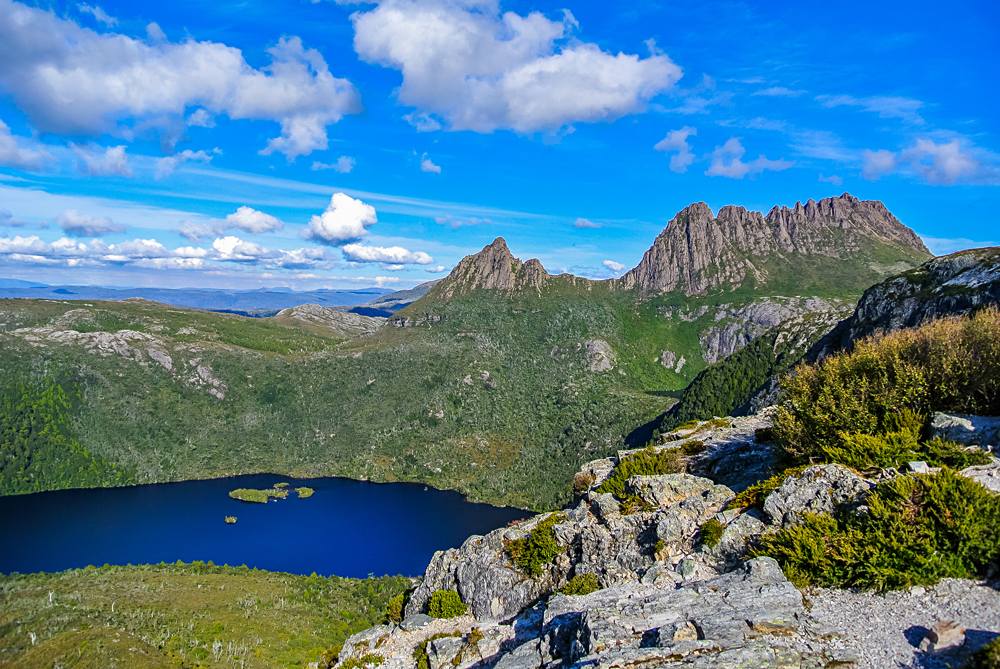
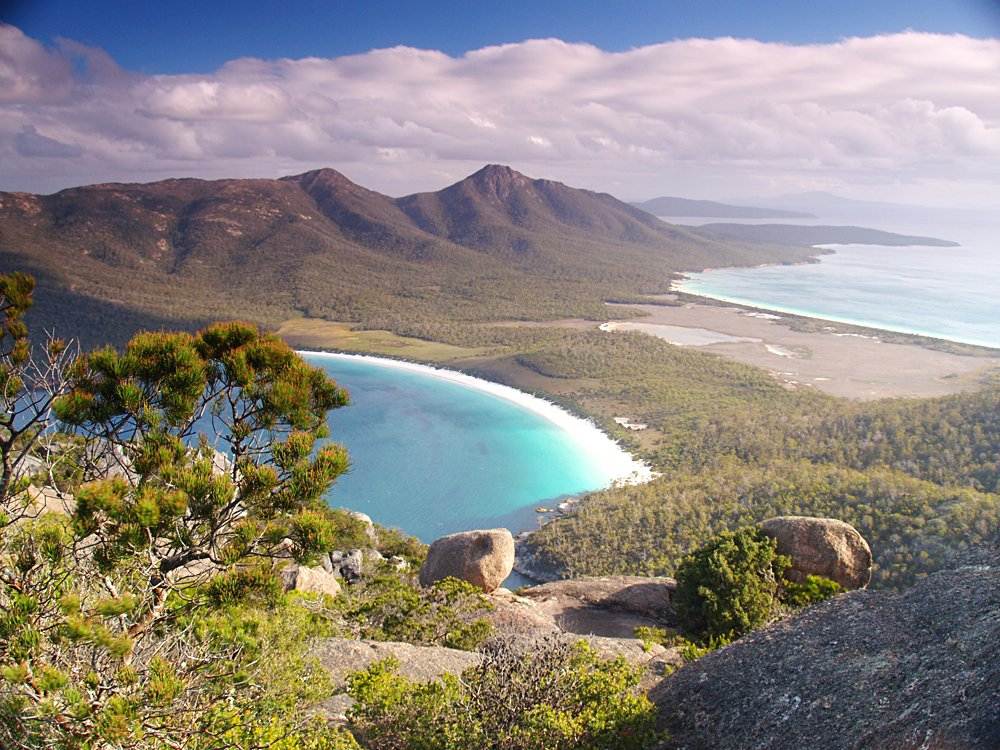
Tasmania’s cities are also a reason to go. Hobart and its surrounding precincts are home to over 40 percent of the population, but the city still manages to give off the atmosphere of a small town, where everyone knows everyone else and you will never feel like an outsider. As well, there’s a charming quietness to the island. When you head outside the cities, it’s possible you’ll be the only person for long stretches of land. If you’ve ever wanted to get away from it all and experience nature unencumbered by humanity, Tasmania is the place to be.
What to Do in Tasmania
You won’t be lacking things to do in Tasmania, on travel to Australia. However, considering the island’s stunning natural beauty, heading on a hike should be near the top of your list. Whether you want to hike to the top of Mount Wellington to enjoy stunning views of Hobart or to trek along boardwalks under the spires of Cradle Mountain in Cradle Mountain – Lake St. Clair National Park, you’ll have no shortage of accessible hiking trails through Tasmania’s stunning landscape. Similarly, you can also head on wildlife excursions to meet some of the local animals, whether Tasmanian devils, wombats, koalas, quolls, or everyone’s favourite oddball, the platypus. You can also have the heartwarming encounter of witnessing the Little Penguins (also known as Blue Penguins) waddle onto land each evening at the Little Penguin Observation Centre in Burnie.
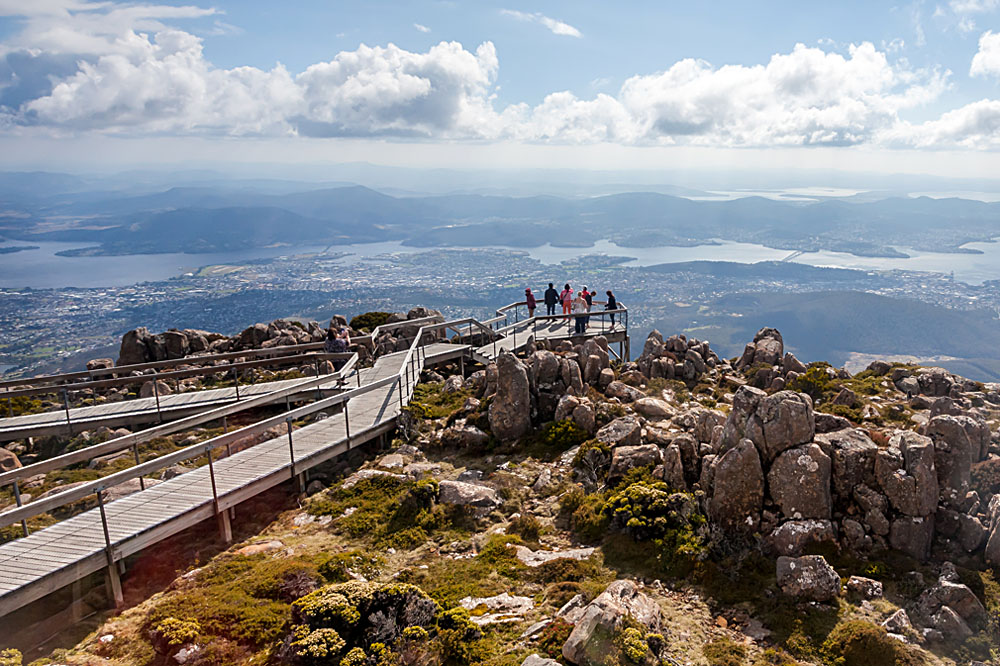
Tasmania is also not lacking for human-oriented encounters. Whether you head to Burnie, Hobart, or Launceston, you’ll be able to engage with locals, enjoy wonderful food and drink, and explore centuries of fascinating history. Tasmania is home to some of the southernmost wine regions in the world where you can savour Pinot Noirs, Chardonnays, and Sauvignon Blancs. You can engage with culture at cutting-edge museums like the MONA (Museum of Old and New Art). Perhaps most interestingly, you can explore the fascinating history of the state, first as an indigenous settlement for thousands of years, and then as a penal colony once the British arrived.
Where to Go
You can go anywhere in Tasmania and find something that’ll appeal to you, whether fabulous landscapes or interesting locals to mingle with, but most trips begin and end in Hobart, the capital. Hobart is a waterfront city known for the Sydney Hobart Yacht Race that fascinates sea captains every Boxing Day. Even if you prefer to stay off the water, Hobart is a fascinating city to visit. It is full of settler cottages and colonial mansions that are worthy of a few Instagram posts, while the nearby Port Arthur UNESCO World Heritage Site, located on a peninsula offshoot just southeast of Hobart, is your best spot to engage with Tasmania’s past as a penal colony.

On the diagonal opposite side of the state, Burnie is the “City of Makers,” a welcoming town known for its artisan craft makers and the Makers’ Workshop, where you can learn to make paper and admire master craftspeople ply their trade. Burnie also home to the Little Penguin Discovery Centre. To the east, you’ll find Launceston, the second largest city in the state. It’s a great place to find charming historical buildings as it’s one of the oldest cities in all of Australia. Launceston is most popularly known as the access point for the Cataract Gorge Reserve, one of the state’s best-known tourist attractions. The stunning gorge is worth at least an afternoon of exploration.
If you want to experience the island’s premiere wine and food route, consider heading to Bruny Island, in the state’s southeast. You can follow the Gourmet Trail to satisfy all manner of indulgences, feasting on sweets at Bruny Island Berry Farm, tasting local cheese at the Bruny Island Cheese Co., sampling local seafood at the Get Shucked Oyster Farm, and closing out with a glass of whisky at the Bruny Island House of Whisky.
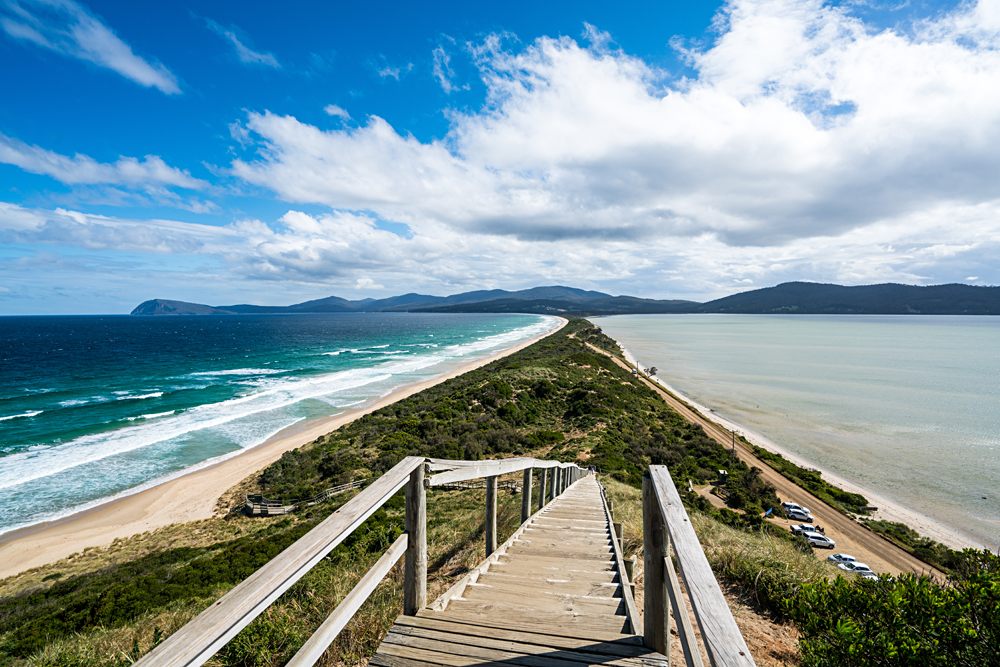
For nature lovers, there’s no better place to explore than the Freycinet Peninsula on the east coast, home to the dramatic pink granite peaks of Hazards Range and some of the most picturesque coastline in the hemisphere. On the Freycinet Peninsula, you’ll find white-sandy beaches, deep-blue ocean water inviting you to swim, and a mixture of sleepy villages and stunning wildlife enclosures. If you’re looking to splurge on your travel to Australia, consider booking a luxury lodge in Freycinet and using it as your base to explore the area. Spend your day walking stunning beaches and searching for the diverse array of birdlife that lives on the peninsula, and in the evening retire to a pristine lodge with a spa and a dining room overlooking the breathtaking landscape.
Suggested Itinerary:
3-Day Saffire Freycinet – Stay of Distinction
For other nature or wildlife experiences on travel to Australia, don’t forget to consider a Gordon River Cruise on the west coast, or a visit to Bonorong Wildlife Sanctuary to see kangaroos, Tasmanian devils, and echidnas.
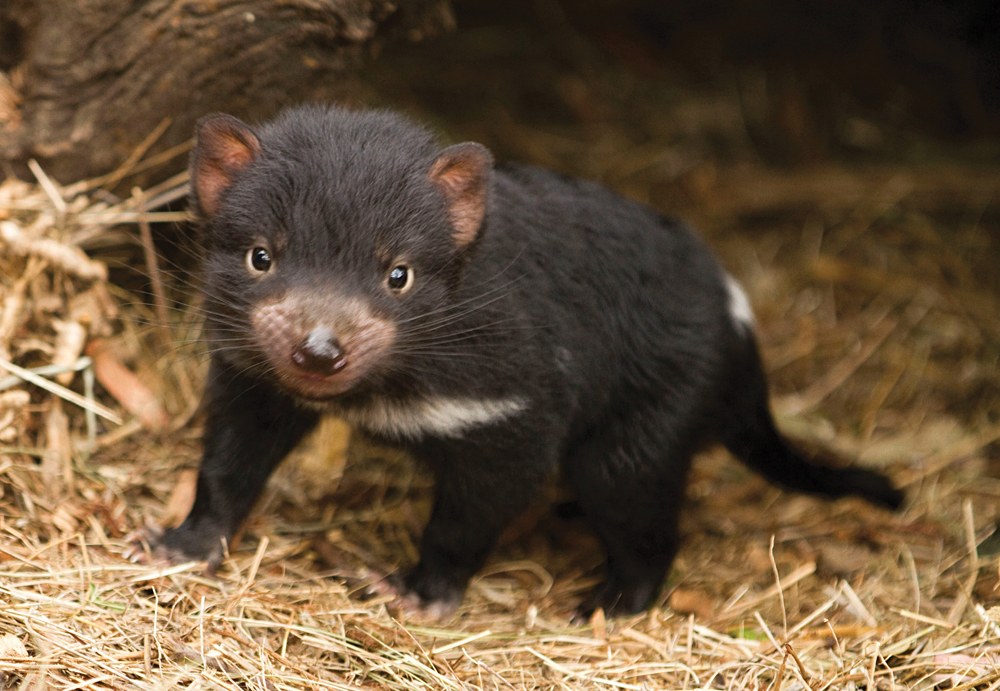
When to Go
It seems like an obvious refrain, but there is no bad time to visit Tasmania or travel to Australia. However, depending on whether you like heat or chill, or whether you want to avoid the crowds, the best time for you to visit Tasmania will vary.
Broadly speaking, the best time to visit Tasmania is in the driest and warmest months of summer, between December and February. However, even this time of year can be unpredictable, as weather changes practically every five minutes in Tasmania. The fall shoulder season of March, April, and May is also a very nice time to visit, as the crowds are smaller, the island is generally quieter, and yet the weather is still comfortable.
Unlike the rest of Australia, Tasmania has a maritime and mountain climate. This means that its weather is more dictated by the surrounding ocean and the weather coming off the mountains than some kind of internal regulating mechanism. Therefore, you should be prepared for inclement weather no matter which season you visit on your travel to Australia.
If you’re heading to Tasmania to specifically see the southern right whales and humpback whales during their migrations, head to the island from May to July and September to November, when their migration paths reach the island’s waters.
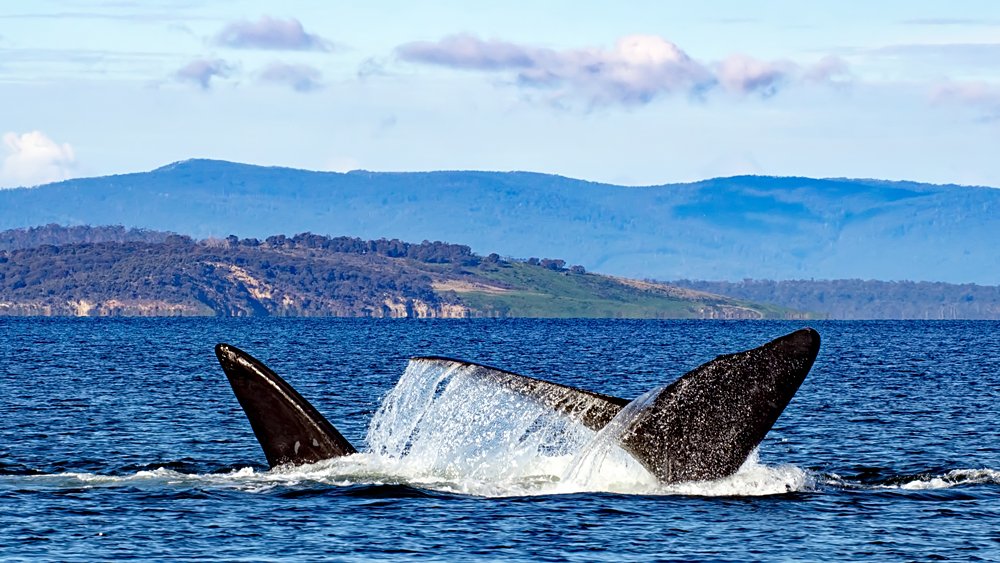
How to Get There
There are two ways to get to Tasmania – by air or by sea. The differences between each method are as follows:
Flying is quicker and generally more convenient for the vast majority of travellers heading to Tasmania. Flights leave Melbourne, Sydney, or Brisbane daily and connect to Hobart and Launceston. With most flights taking just over an hour, air travel to Tasmania is a relative breeze.
Travelling by sea is more involved, but can be more rewarding. The two Spirit of Tasmania ferries travel between Melbourne and Devonport each day. The trip takes around 11 hours port to port, leaving Melbourne at 7:30pm and arriving in Devonport at 6am, so it’s a lengthy journey across the Bass Strait. However, there are advantages to going by sea.
For one, if you’re planning to self-drive in Australia, you can bring your car on board the ferry, simplifying your visit to Tasmania. As well, this means you can load up your car with all manner of camping gear, clothes, and even some pets, so if you’re travelling with a vast quantity of items, the sea is your best route. While it’s hard to predict the state of the ocean on the journey from the Australian mainland to Tasmania, you will be enjoying an iconic ocean experience if you choose to travel this way.
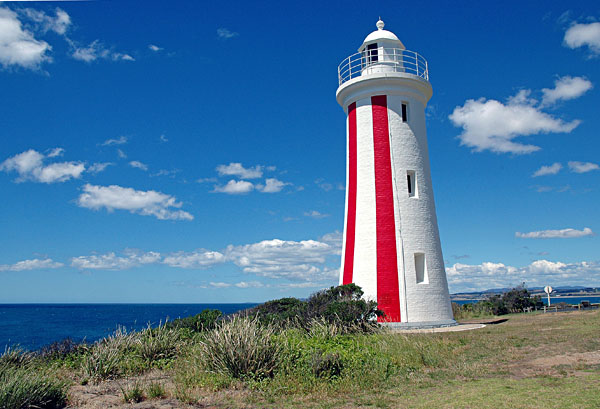
Now that you’re up to speed on the charms of Tasmania, you can travel to Australia and explore this incredible island for yourself. If you’re wanting to experience untamed wilderness and unmatched hospitality, there really is no better place on the planet than Tasmania.
Related Article:
See the Highlights of Charming Tasmania in Australia


Get more travel inspiration by email.
Subscribe
0 Comments

Get the latest travel trends & hear about the best deals on vacations around the world.
If you’re a Globetrotter, these are the newsletters for you!

